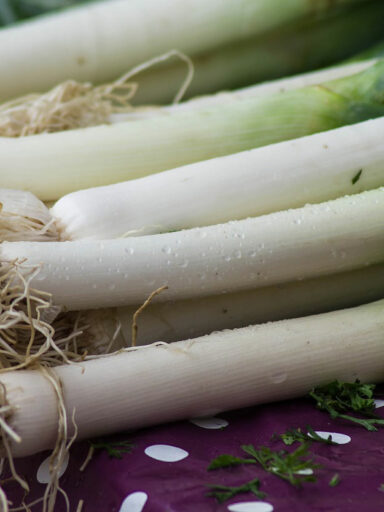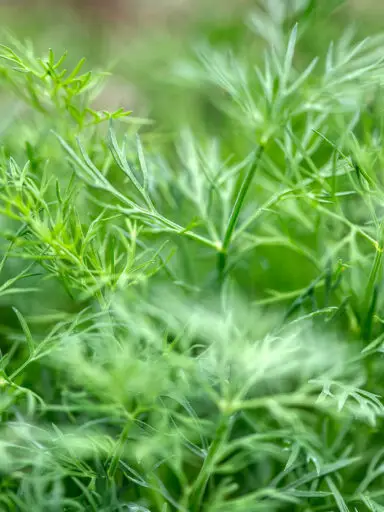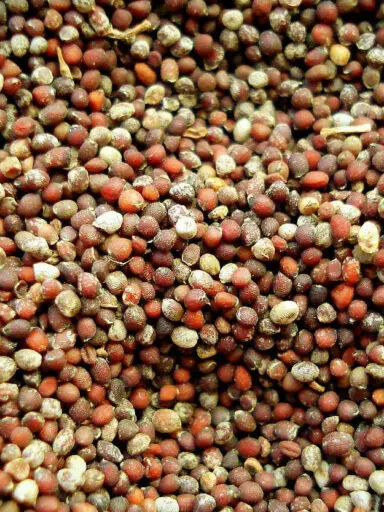Cassava also is known as yuca, manioc, Brazilia arrowroot, Manihot, or tapioca depending on which part of the world you reside in. It is a shrub that is native to the South American regions. It belongs to the spurge family, Euphorbiaceae. It grows in tropical and sub-tropical regions.
Cassava is cultivated for its starchy tubers. After rice and maize, it is the third most consumed source of starch worldwide where it is a staple food in many developing countries. Cassava especially the bitter varieties contains some amounts of cyanide and therefore it is essential it is properly cooked to avoid accidental intoxication.
The shrub bears an edible root that grows about 5 to 10 centimeters in diameter and 15 to 30 centimeters long. The flesh is usually cream, white or yellowish. It is a perennial plant that does well in moist, well-drained soil that should be fertile
Currently, the largest producers of cassava in the world are Nigeria, Thailand, Indonesia, Brazil, and the Democratic Republic of the Congo respectively.
Cassava is available in markets all year round. When purchasing they should be firm when pressed. They should also feel heavy in hand. They should not have any bruises, mold, or signs of rot. The flesh would appear bright and shiny.
Old and withered roots and/or stalks should be avoided because they lose taste after a while. The tubers can be stored for about 5 to 7 days at room temperature. Once cut they should be placed in cold water just like potatoes or apples. They should be stored in a refrigerator where they can keep for no more than three days.
How to Cassava for Consumption
Because of cyanide compounds, cassava should always be eaten peeled, and cooked. Start by thoroughly washing the roots to remove soil and dirt and any insect residues. Using a paring knife, peel the outer skin and remain with the white flesh’s inner flesh. Thoroughly wash the peeled tubers once again.
You can then cut the flesh into manageable chunks. Remove the tough strings from the core. Boil the flesh in salt water for about 10 to 15 minutes and drain the water. This should render it safe for consumption and use in several recipes.
Cassava can now be prepared in several ways such as fries or eaten boiled. They can be prepared as a part of the soup, vegetable dishes, sauce, and stew preparations as well as in many savory dishes according to the recipe instructions.
They can be eaten as a snack usually deep-fried in oil until brown and crisp as is popularly done in the Caribbean islands. The crop can also be converted into Cassava flour and used in baking recipes such as cake, cookie, and bread goods again which are very popular in the Caribbeans.
A popular dish in Nigeria and Ghana is known as Fufu (polenta) is made from cassava flour and yams.
Nutritional Benefits
Cassava contains no cholesterol and provides 160 calories per 100 grams. It is a highly rich source of carbohydrates and has good levels of dietary fiber. They are also a good source of B-complex vitamins such as folates, pyridoxine, and thiamin with lesser amounts of niacin and riboflavin.
The tubers are a rich source of vitamin C and a good source of Potassium. It is also a go-to source for magnesium, phosphorus, and zinc.



